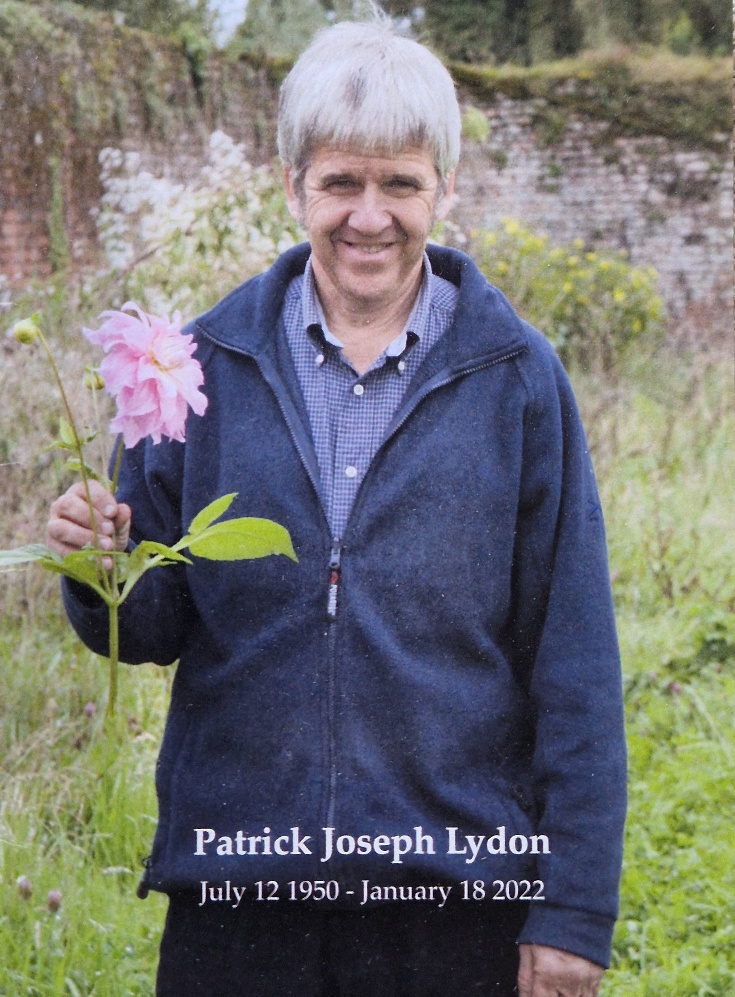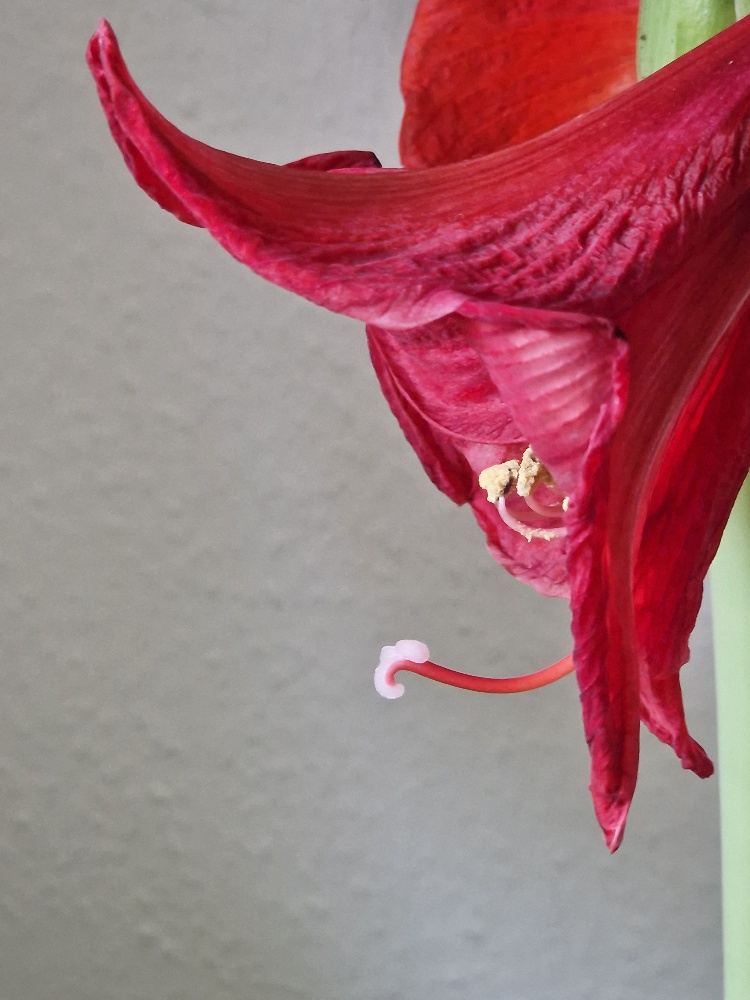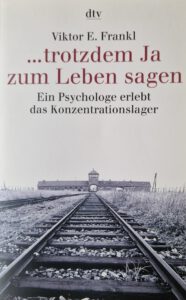Childhood is measured out by sounds and smells and sights, before the dark hour of reason grows.
John Betjeman
It is one thing to process memories of trauma, but quite another to face the inner void — the holes in the soul that come from not being wanted, not being seen, and not being allowed to speak the truth. If our parents’ faces never lit up when they looked at us, it’s hard to know what it feels like to be loved and cherished. And if we grew up unwanted or ignored, it is a major challenge to develop a visceral sense of agency and belonging.
Bessel van der Kolk, The Body Keeps the Score
EG: I was taught this when I first came into recovery. A very wise older woman said: List five adjectives to describe your childhood (and you can play this game at home). So, you know, I’ll throw out: creative, fascinating, cold, difficult, withholding. Now, if I meet somebody who is the description of those five things, that smells like home cooking to me, that’s home. There’s something in my nervous system that’s like, ohh that’s home.
OW: Oh, somebody’s withholding. You are gonna be drawn to that?
EG: One hundred per cent! Creative, interesting, dangerous… Yeah, that just feels like home. And I think karmically what it is, to use a word, or maybe there’s a psychological reason for this, what I’m trying to do is I’m trying to recreate home, but “this time” it works.
OW: Yeah, right.
EG: So, “this time”. “This time” is the two favourite words of an addict. You know, well this time is gonna be different because this time, like this time… And what I’m trying to do is, I’m trying to control a trauma response, right. So, it’s like, if I can find somebody to play that out with who is brilliant and creative and dangerous, cold, withholding, scary, and exciting, now I as an adult, I’m like well my child’s thought, it’s like well: let’s now do this, but “this time” we’re going to figure out a way that they’re gonna love us….
Elizabeth Gilbert in an interview with Oprah Winfrey
As John Betjeman so accurately points out, memory begins to develop long before the advent of reason. This explains why we can be transported back decades to a very specific place, time, and “felt sense” by the wafting aroma of a loaf of bread baking in an oven or the crunching sound of footfall on the gravel of a river bed at low water. The umbilical cord linking to stored early memories goes straight from here to there, bypassing all our faculties of reason. We simply land there, whether we like to or not.
This is true of the entirety of childhood experience, from the blissful, to the contentment, the unpleasant, and even the unbearable. As Bessel van der Kolk points out, we register the “felt sense” of our experiences at the cellular level in our body. “The issue is in the tissue” is an astute way of putting it.
As our body is programmed to return to homeostasis (balance) again and again (since balance offers the best chance of survival) it will protect us from extremes which may overwhelm us.
For this reason, memories may be stored out of reach for years or even decades. When we have come to a point where we can process them, with a higher degree of probability of surviving the experience and thereby growing stronger, they will percolate up to the surface of our psyche.
There they may present in dreams while sleeping, in intuitive insights while awake, or merely long forgotten memories coming back, out of the blue, so to say.
Even the most articulate and hard-working of us may find we cannot erase the imprint of a parent who was too busy or depressed to notice us or who seemed to consider us a burden. We then interpret this as our caregiver wishing we’d never been born.
When we internalise such stances, our shame, if it could speak, would repeatedly tell us that “the world would be a better place if we were dead”
Our lives change only when we reconstruct the missing inner maps that should have been formed in safety and attunement. These maps are made up of the so-called 5A’s, as defined by renowned relationship expert, psychotherapist, and teacher David Richo, in his wonderful work on recovering from childhood trauma.
These 5A’s are as follows: attention, acceptance, appreciation, affection, and allowing. In his seminal book “How to Be an Adult in Relationships”, Richo points out that the first step is awareness of our current situation. Many of us drift off into a life of substance or process addiction (or both) in order to relieve the terrible pain of shame, abandonment, neglect, and ensuing isolation that mark the soul of the wounded child.
Active addiction is only made possible by the presence of denial. Recovery and healing can occur only when we break through the denial and get to the point of sustained abstinence. We have now arrived at the starting point of the journey.
But beware: “The cave we fear to enter holds the treasures that we seek”, as Joseph Campbell so eloquently stated. There is much work ahead.
We don’t have to be alcoholics, crack addicts, or compulsive gamblers to be masters of denial. Many people who consider their childhood to have been “normal” or even very happy may be caught in the trap of denial.
Examples of Gabor Maté’s approach of compassionate enquiry can be found on most of the popular internet platforms. Maté interviews the client about their childhood experience such that unexpected aspects are often quickly uncovered. Whether is the treatment at the hands of the bully in the school yard, or the overbearing unwanted hugs of the grand aunt reeking of nicotine and sherry, there is usually some thing which we have stuffed down deep inside, which is both very human and very understandable.
Then comes the sixty-four-dollar question: “When you felt that rage or fear, or disgust, or helplessness, to whom did you turn for solace and support? ” Many come up with the same very sad answer: “No one”. In my case, isolation is the wound that lies at the bottom of the pile.
We found ourselves alone with overwhelming feelings because our caregivers had grown up the same way, and could not, for the most part, model how to handle emotions in a healthy, loving-kind manner.
After awareness, therefore, compassion is the next step. Compassion for self, for others, and for the circumstances of life in general, and our own in particular.
As compassion grows and we learn to sit with whatever feelings present, we can practice the 5A’s as suggested by Richo.
Attention
One of the surest ways to develop our capacity for giving and paying attention is through a regular meditation practice. Start by setting aside five minutes each day to meditate, either on your own or with your partner. Or hug a pillow, denoting your inner child, in silence for five minutes and then explore what she needs.
By doing this, you will begin to recognise how much control you have over your mind: to whom and to what you give your attention. When you spend time with your Inner Child, you can put what you’ve learned on the meditation cushion into action.
You get better at listening, at being truly present, by attuning to what others are saying and doing rather than preparing your riposte, getting swept up in your own current storylines, assumptions, justifications, and well-trodden narratives.
You will also learn this by regular participation in any of the many Twelve Step Fellowship meetings open to all-comers around the world, where the culture is one of listening and thereupon sharing with first person responses, not to the other people per se, but on the topic of discussion. We call it sharing experience, strength, and hope.
Acceptance
The opposite of acceptance is rejection — a fear that so many of us carry around, even when we know our loved ones or partners are committed to us. This fear is what propels us to diminish or hide certain parts of ourselves and even pressure our partners to do the same in their case.
The same is true for our relationship with the many child aspects who reside within our hearts and souls. The Inner Child aged one day (overwhelmed?), one year (lost?), three years (angry?), seven years (ashamed?), thirteen years (raging? nihilistic?), etc. Each of these aspects beckons our attention at different stages, as we go through the daily practice of healing childhood trauma.
When we choose to live from a place of acceptance, we show up as our authentic selves and encourage each Inner Child aspect to do the same thing.
Once you can give yourself unconditional acceptance, you can give it to others.
Appreciation
Appreciation, as a daily practice, can be woven into our everyday conversations. A simple “I appreciate you” is enough. Or calling someone simply to share that you are thinking of them, that their well-being is important to you.
Don’t keep your appreciation for your Inner Child, your partner, or your loved ones to yourself. Share it with them verbally whenever the feeling strikes you. And if, when out and about, you meet a “stranger” bereft of a smile on her face, give her one!
Affection
Affection is where emotional and physical needs converge. Love-making is the highest art of affection. Richo, however, encourages us to think of affection beyond sexuality to help us foster greater intimacy in all areas of our relationships.
He says, “Affection is also a quality of feeling.”
In this respect, it can include kindliness, considerateness, thoughtfulness, playfulness, and romantic gestures like exchanging gifts and celebrating special anniversaries.
This list can be extended, ad infinitum, to reflect your personal tastes and circumstances. You can then use your lists to stimulate new conversations around intimacy and affection in your relationships.
Allowing
Of all the five A’s, allowing may be the element that appears most novel. This is because our conventional understanding of familial, romantic relationships, and deep friendships is based on security, togetherness, and the cultivation of a “we”.
However, even the most committed relationships still need room for freedom and individuality, which are the needs Richo highlights when he talks about the importance of allowing. “Fill each other’s cup but drink not from one cup”, cautions Kahlil Gibran’s Prophet in the lovely book of the same name.
To practice allowing, we must first learn to dance with our Controller Saboteur, leading the dance towards relinquishing control. This means letting go of all the little things we wish we could change about our partners, loving them just as they are. Instead of wishing your partner’s idiosyncrasies away, make a concerted effort to allow them to be just as they are.
This becomes a lot easier when we develop a parallel “attitude of gratitude” practice. When we’re habitually expressing our gratitude, the tight fist of control becomes soft and relaxed.
Putting the five A’s into practice can be a lifetime’s work. Little by little, we can feel our transformation unfold as we emerge from the chrysalis of old ideas, beliefs, and behavioural patterns.
Returning to the conversation between Elizabeth Gilbert and Oprah Winfrey quoted above, we can see how cunning, baffling, and powerful denial can be. Although we have wandered down the same blind alley countless times, our frightened aspect, who dreads entering the cave where the treasures lie, will tell us that “this time” will be different, “this time” we’re going to figure out a way that they’re gonna love us….
This is why we need a daily practice.










